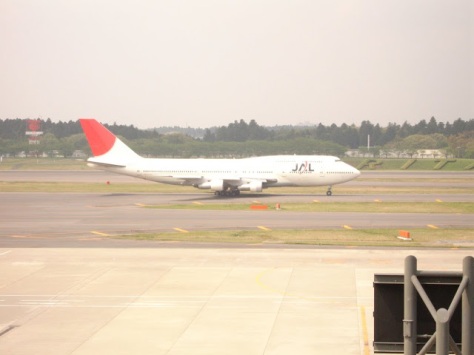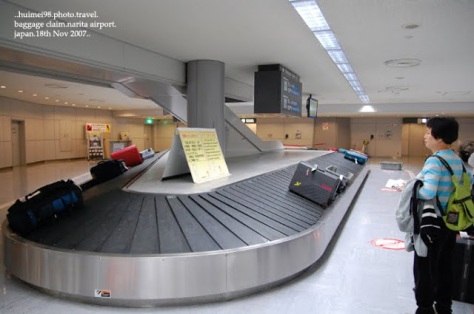The whole line is operated by Keisei Electric Railway, while some parts of the line are operated by other companies as well, such as Hokuso Railway. The new line is used by Skyliner services operating at up to 160 km/h using new Keisei AE series EMUs.
The project involved the refurbishment of 32.3 km of existing track on the Hokusō Line, as well as the construction of 19.1 km of new track to Narita Airport, partly using disused rights-of-way originally planned for the cancelled Narita Shinkansen project. The total cost, according to the Narita Rapid Rail Access website, was estimated to be ¥126 billion, or about US$1.3 billion.
Trains also utilize the Keisei Electric Railway‘s Main Line between Keisei Ueno and Keisei-Takasago. Trains run at a maximum speed of 160 km/h, thus completing the run from Nippori to Airport Terminal 2 in 36 minutes, 15 minutes faster than the previous Skyliner route, which took 51 minutes. Trains also run towards Haneda Airport from Narita Airport via Keisei-Takasago using Toei Asakusa Line, the Keikyu Main Line and the Keikyu Airport Line.This makes it possible to connect the two airports around 65 minutes, as opposed to the previous minimum of 106 minutes. Fare for the route is ¥2,400 from either Nippori or Ueno stations.
Service on this line commenced on July 17, 2010.
There are also plans to build a track from the Toei Asakusa Line to Tōkyō Station, opening a (potentially) faster route to the airport via the Keisei Oshiage Line.
(from Keisei Information Site)
Useful travel information:

































































































































































